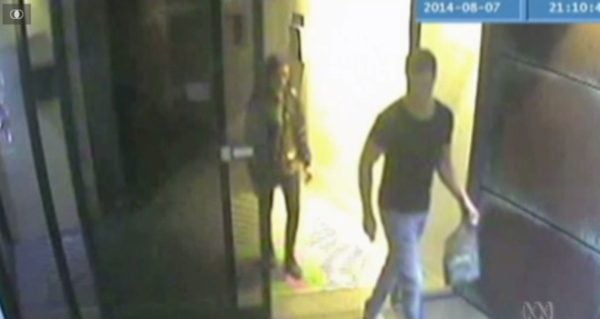By Caitlin Overington, University of Melbourne
Earlier this month, Moazzam Tariq was found guilty of sexual assault against a woman after a night out in Ontario, Canada. In sentencing, the judge mentioned extensive surveillance video footage that showed Tariq giving the complainant alcohol. This was marked as evidence that proved the woman could not consent.
The introduction of security footage in courtrooms as evidence is increasingly common. With the number of closed-circuit television (CCTV) cameras rising, the likelihood of images deemed relevant for criminal proceedings being recorded also increases.
However, while CCTV footage may arguably have assisted in achieving convictions in some high-profile cases, can it assist in the overall reduction of violence against women?


